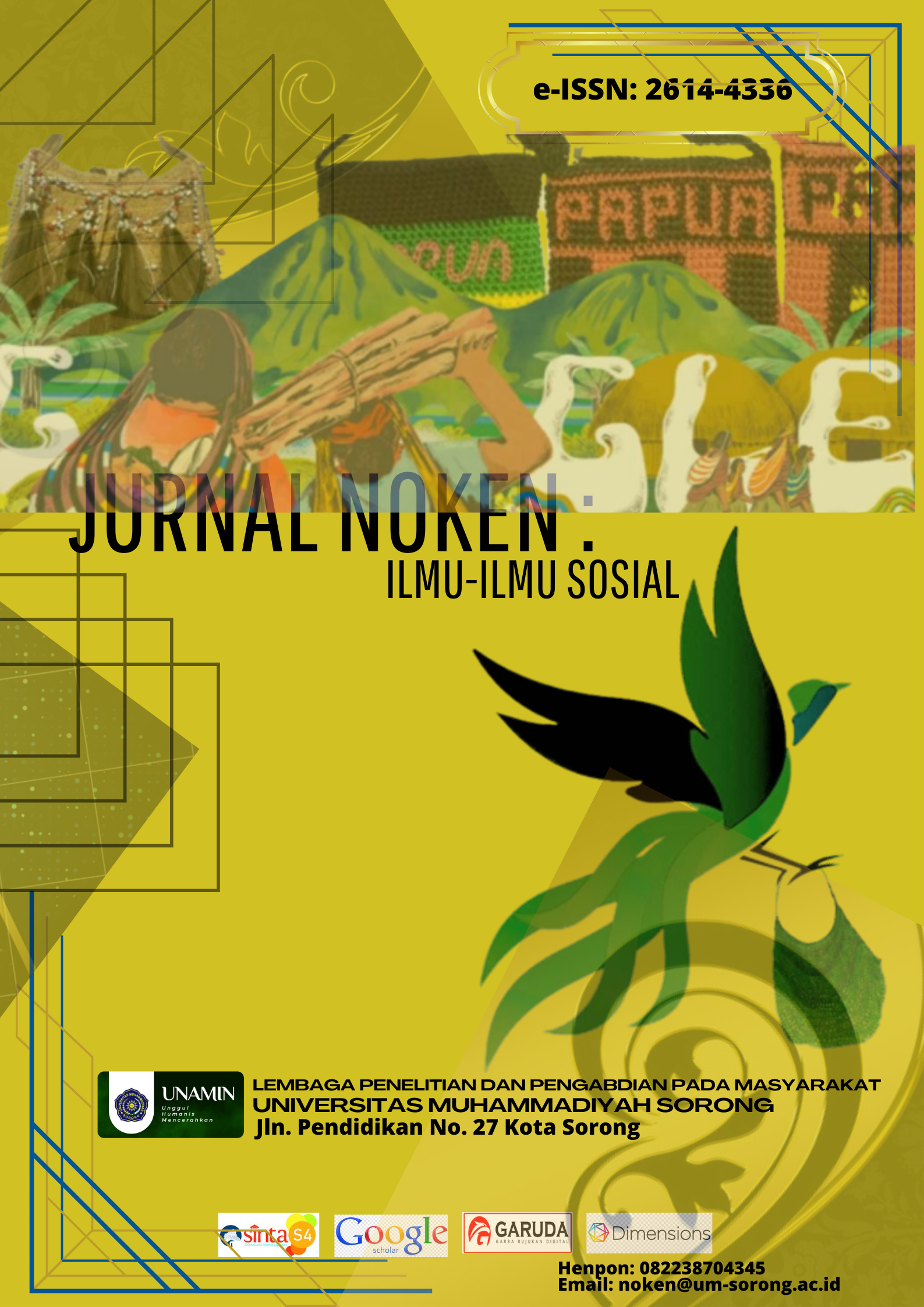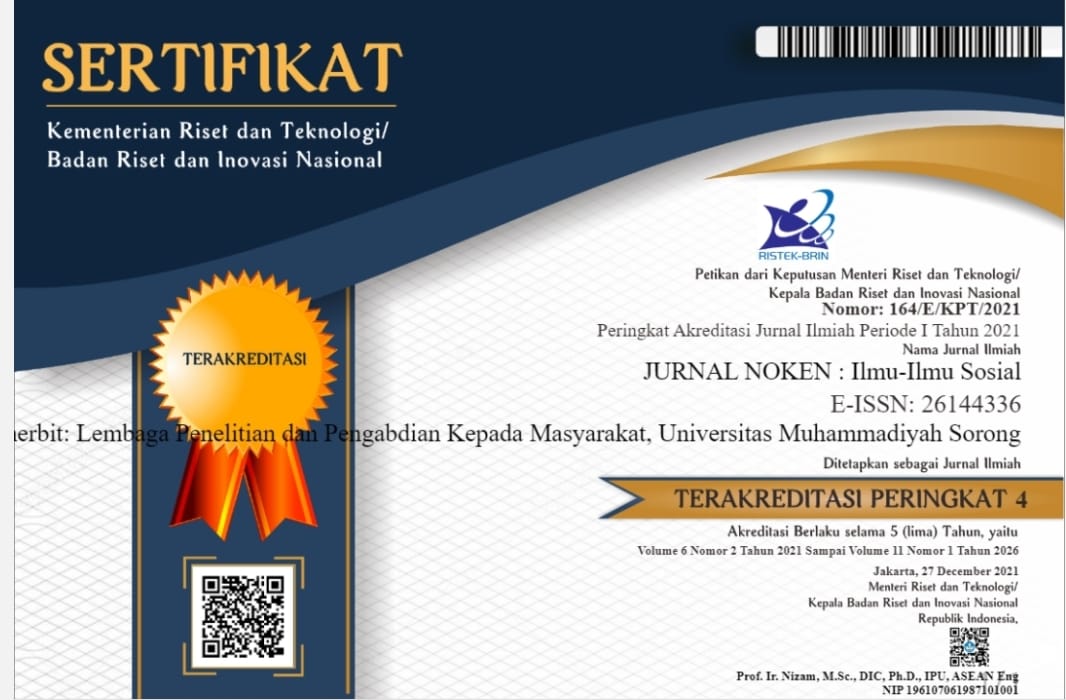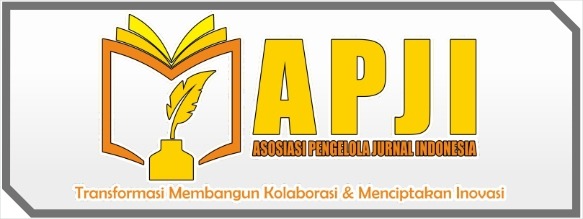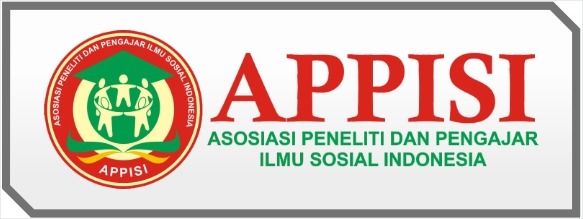Comparative Study: Penggunaan Media Sosial oleh Pemerintah Kota Bandung dan Kota Gold Coast
DOI:
https://doi.org/10.33506/jn.v6i1.1094Keywords:
social media, twitter, smart city, Gold Coast, BandungAbstract
Penelitian ini bertujuan untuk meliahat bagaimana pemerintah pada kota yang menerapkan konsep smart city memanfaatkan platform media sosisal. Kasus yang diambil adalah akun twitter Majelis Kota Gold Coast dan Pemerintah Kota Bandung. Penelitian ini merupakan penelitian deskriptif kualitatif dengan memanfaatkan software NVivo 12 Plus sebagai alat analisis. Data yang digunakan berasal dari akun twitter resmi @cityofgoldcoast milik Majelis Kota Gold Coast dan akun @humasbdg milik Pemerintah Kota Bandung. Hasil dari penelitian ini adalah kedua akun tersebut memiliki kesamaan dalam hal penyampaian informasi dan pola interaksi. Kedua akun dalam menyampaikan informasi tidak secara lengkap, melainkan mencantumkan tautan yang terhubung ke website resmi pemerintah. Selanjutnya kedua akun melakukan pola interaksi yang hanya satu arah. Perbedaan kedua akun terletak pada topik pembahasan disetiap akun dan persebaran informasi. Akun @cityofgoldcoast cenderung mentweet terkait kondisi aktual yang terjadi. Berbeda dengan akun @humasbdg yang memiliki topik pembahasan seputar keprotokoleran. Selain itu kedua akun memiliki persebaran informasi yang menyesuaikan dengan interaksi yg dilakukan. Diakhir penulis memberikan catatan terkait penelitian lanjutan dari pada penelitian ini.
References
Alizadeh, T., & Irajifa, L. (2018). Gold Coast smart city strategy : informed by local planning priorities and international smart city best practices Tooran Alizadeh * Leila Irajifar. 9(2), 153–173.
Alkhatib, M., El Barachi, M., & Shaalan, K. (2019). An Arabic social media based framework for incidents and events monitoring in smart cities. Journal of Cleaner Production, 220, 771–785. https://doi.org/10.1016/j.jclepro.2019.02.063
Alsonosy, O., Rady, S., Badr, N., & Hashem, M. (2018). Business Behavior Predictions Using Location Based Social Networks in Smart Cities. Information Innovation Technology in Smart Cities, pp, 105–122.
Anson, S., Watson, H., Wadhwa, K., & Metz, K. (2017). Analysing social media data for disaster preparedness: Understanding the opportunities and barriers faced by humanitarian actors. International Journal of Disaster Risk Reduction, 21, 131–139. https://doi.org/10.1016/j.ijdrr.2016.11.014
Belkahla Driss, O., Mellouli, S., & Trabelsi, Z. (2019). From citizens to government policy-makers: Social media data analysis. Government Information Quarterly, 36(3), 560–570. https://doi.org/10.1016/j.giq.2019.05.002
Bhatti, A., Arif, S., Mehar, M., & Younas, S. (2018). Impact of Social media brand communication on Brand Knowledge: Mediating role of Brand Image & Brand Awareness Application of CBBE model theory of Keller. Journal of Management Info, 4(4), 12–18. https://doi.org/10.31580/jmi.v15i1.72
Birjali, M., Beni-Hssane, A., & Erritali, M. (2017). Analyzing Social Media through Big Data using InfoSphere BigInsights and Apache Flume. Procedia Computer Science, 113, 280–285. https://doi.org/10.1016/j.procs.2017.08.299
Brandt, T., Bendler, J., & Neumann, D. (2017). Social media analytics and value creation in urban smart tourism ecosystems. Information and Management, 54(6), 703–713. https://doi.org/10.1016/j.im.2017.01.004
Caragliu, A., Bo, C. Del, Nijkamp, P., Caragliu, A., Bo, C. Del, & Nijkamp, P. (2011). Smart Cities in Europe Smart Cities in Europe. (October 2012), 37–41. https://doi.org/10.1080/10630732.2011.601117
Charalabidis, Y., Loukis, E. N., Androutsopoulou, A., Karkaletsis, V., & Triantafillou, A. (2014). Passive crowdsourcing in government using social media. Transforming Government: People, Process and Policy, 8(2), 283–308. https://doi.org/10.1108/TG-09-2013-0035
Clarke, A. (2017). The vestiges and vanguards of policy design in a digital context. 60(4), 476–497. https://doi.org/10.1111/capa.12228
Clarke, A., & Margetts, H. (2014). Governments and citizens getting to know each other? open, closed, and big data in public management reform. Policy and Internet, 6(4), 393–417. https://doi.org/10.1002/1944-2866.POI377
Criado, J. I., Sandoval-Almazan, R., & Gil-Garcia, J. R. (2013). Government innovation through social media. Government Information Quarterly, 30(4), 319–326. https://doi.org/10.1016/j.giq.2013.10.003
Cui, W., Wu, Y., Liu, S., Wei, F., Zhou, M., & Qu, H. (2010). Context-preserving, dynamic word cloud visualization. IEEE Computer Graphics and Applications, 30(6), 42–53. https://doi.org/10.1109/MCG.2010.102
Depaula, N., Dincelli, E., & Harrison, T. M. (2017). Toward a typology of government social media communication : Democratic goals , symbolic acts and self-presentation. Government Information Quarterly, (October), 1–10. https://doi.org/10.1016/j.giq.2017.10.003
Desdemoustier, J., Crutzen, N., & Giffinger, R. (2019). Municipalities’ understanding of the Smart City concept: An exploratory analysis in Belgium. Technological Forecasting and Social Change, 142(October), 129–141. https://doi.org/10.1016/j.techfore.2018.10.029
Dhingra, M., & Chattopadhyay, S. (2016). Advancing smartness of traditional settlements-case analysis of Indian and Arab old cities. International Journal of Sustainable Built Environment, 5(2), 549–563. https://doi.org/10.1016/j.ijsbe.2016.08.004
Gintova, M. (2019). Understanding government social media users: an analysis of interactions on Immigration, Refugees and Citizenship Canada Twitter and Facebook. Government Information Quarterly, (December 2018), 101388. https://doi.org/10.1016/j.giq.2019.06.005
Gold Coast City Council. (2018). City of Gold Coast Local Disaster Management Plan. (November).
Gunawong, P. (2014). Open Government and Social Media: A Focus on Transparency. Social Science Computer Review, 1–12. https://doi.org/10.1177/0894439314560685
Heimerl, F., Lohmann, S., Lange, S., & Ertl, T. (2014). Word cloud explorer: Text analytics based on word clouds. Proceedings of the Annual Hawaii International Conference on System Sciences, 1833–1842. https://doi.org/10.1109/HICSS.2014.231
Lee, G., & Hoon, Y. (2012). An Open Government Maturity Model for social media-based public engagement. Government Information Quarterly, 29(4), 492–503. https://doi.org/10.1016/j.giq.2012.06.001
Longo, J. (2017). The evolution of citizen and stakeholder engagement in Canada , from Spicer to # Hashtags. Administration Publique Du Canada, 60(4), 517–537. https://doi.org/10.1111/capa.12229
Lu, X., & Brelsford, C. (2014). Network structure and community evolution on Twitter: Human behavior change in response to the 2011 Japanese earthquake and tsunami. Scientific Reports, 4, 1–11. https://doi.org/10.1038/srep06773
Magro, M. J. (2013). A Review of Social Media Use in E-Government. Administrative Sciences, 2(December), 148–161. https://doi.org/10.3390/admsci2020148
Mehmet, M. I., D’Alessandro, S., Pawsey, N., & Nayeem, T. (2018). The national, regional and city divide: Social media analysis of stakeholders views regarding biological controls. The public reaction to the carp control herpes virus in Australia. Journal of Environmental Management, 227(March), 181–188. https://doi.org/10.1016/j.jenvman.2018.08.093
Moreno-Ibarra, M., & Torres-Ruiz, M. (2019). Civic participation in smart cities. In Smart Cities: Issues and Challenges. https://doi.org/10.1016/b978-0-12-816639-0.00003-x
Nabatchi, T. (2012). Putting the “Public†Back in Public Values Research: Designing Participation to Identify and Respond to Values. Public Administration Review, 72(5), 699–708. https://doi.org/10.1111/j.1540-6210.2012.02544.x
Nilamsari, N. (2014). Memahami Studi Dokumen Dalam Penelitian Kualitatif. Jurnal Wacana. Diakses Pada Hari Selasa 2 April 2019. Pukul 20:30 WIB, 14(2), 177–181. Retrieved from 143-455-1-PB (1).pdf
Nurmandi, A., Almarez, D., Roengtam, S., Salahudin, Jovita, H. D., Kusuma Dewi, D. S., & Efendi, D. (2018). To what extent is social media used in city government policy making? Case studies in three asean cities. Public Policy and Administration, 17(4), 600–618. https://doi.org/10.13165/VPA-18-17-4-08
Roy, J. (2017). Digital government and service delivery : An examination of performance and prospects. 60(4), 538–561. https://doi.org/10.1111/capa.12231
Rudolf, G., & Haindlmaier, G. (2010). SMART CITIES RANKING: AN EFFECTIVE INSTRUMENT FOR THE POSITIONING OF CITIES? 7–25.
Sáez-MartÃn, A., Haro-de-Rosario, A., & Caba-Perez, C. (2014). A vision of social media in the Spanish smartest cities. Transforming Government: People, Process and Policy, 8(4), 521–544. https://doi.org/10.1108/TG-03-2014-0010
Susanto, E. H. (2017). Media Sosial Sebagai Pendukung Jaringan Komunikasi Politik. Jurnal ASPIKOM, 3(3), 379. https://doi.org/10.24329/aspikom.v3i3.123
Walidin, W., Idris, S., & Tabrani ZA. (2015). Metodologi Penelitian Kualitatif & Grounded Theory (Pertama; Masbur, R. Murziqin, & K. Halim, Eds.). Retrieved from https://repository.ar-raniry.ac.id/id/eprint/1301/1/Full Buku MP Kualitatif %26 Grounded Theory.pdf
Witanto, J. N., Lim, H., & Atiquzzaman, M. (2018). Smart government framework with geo-crowdsourcing and social media analysis. Future Generation Computer Systems, 89, 1–9. https://doi.org/10.1016/j.future.2018.06.019










